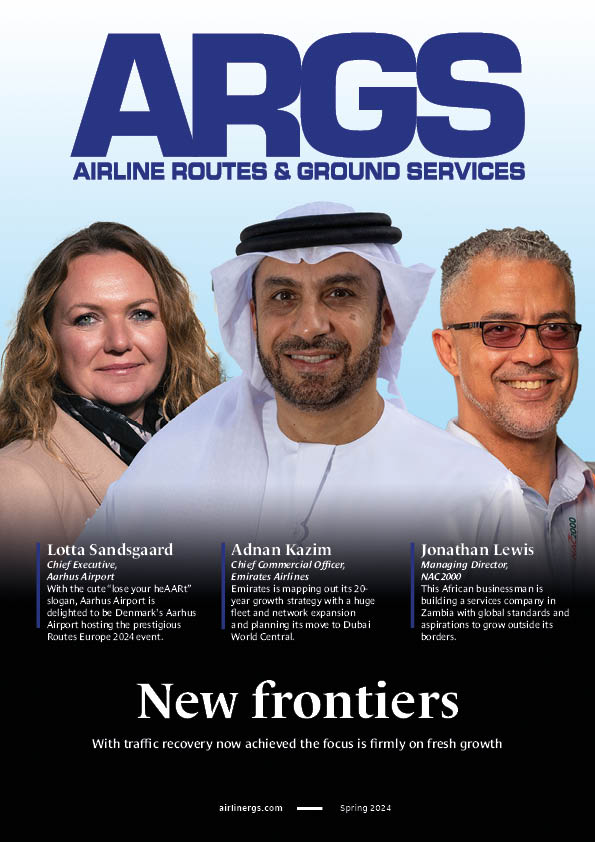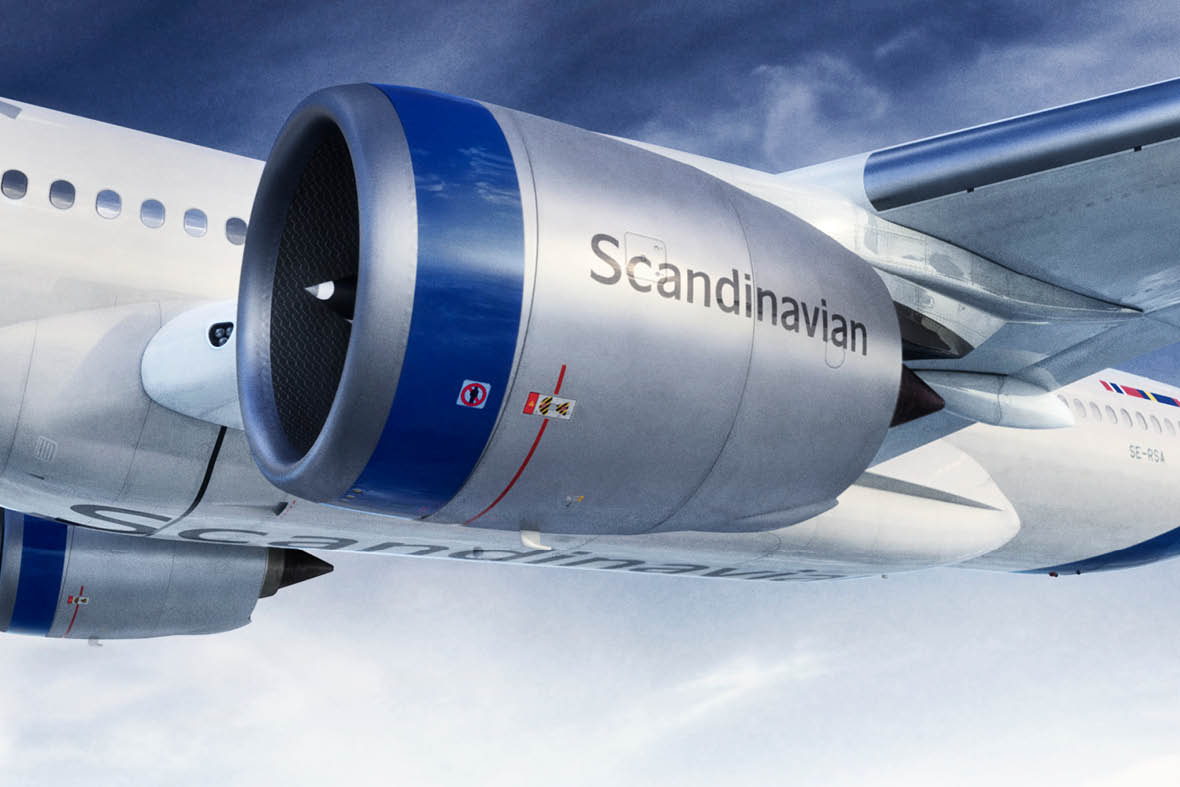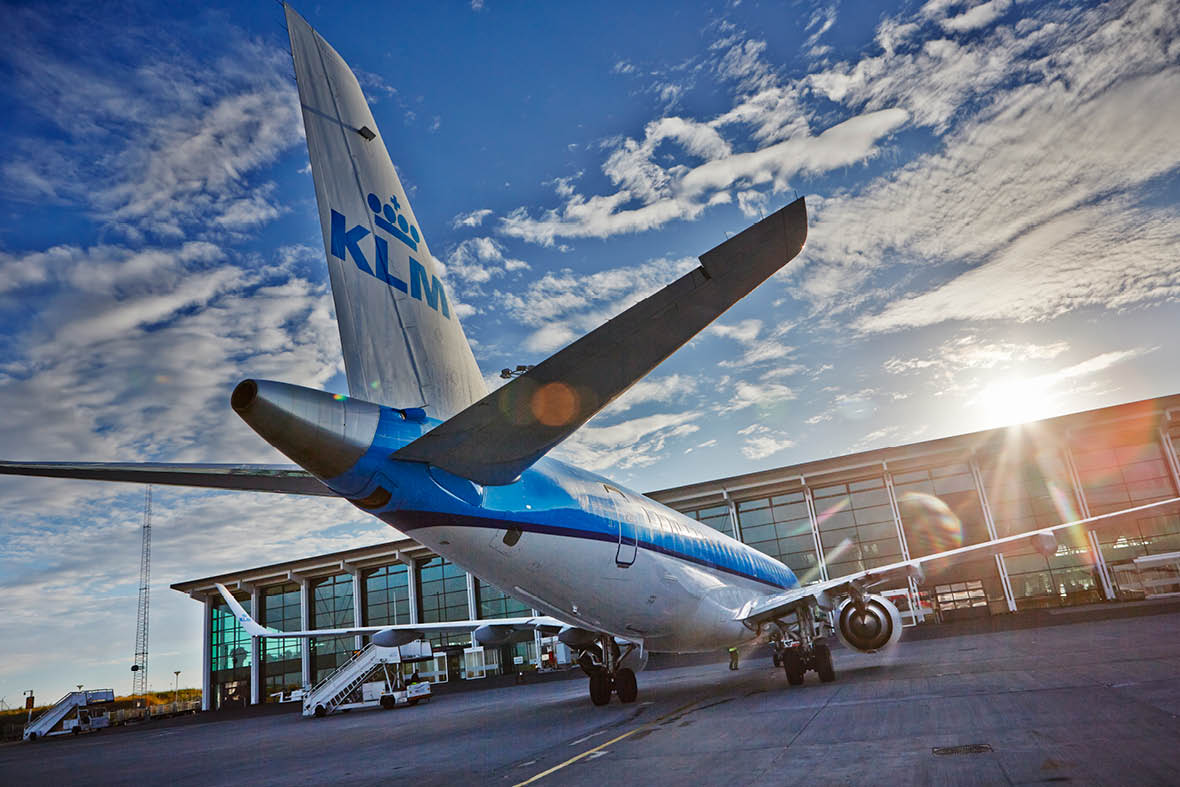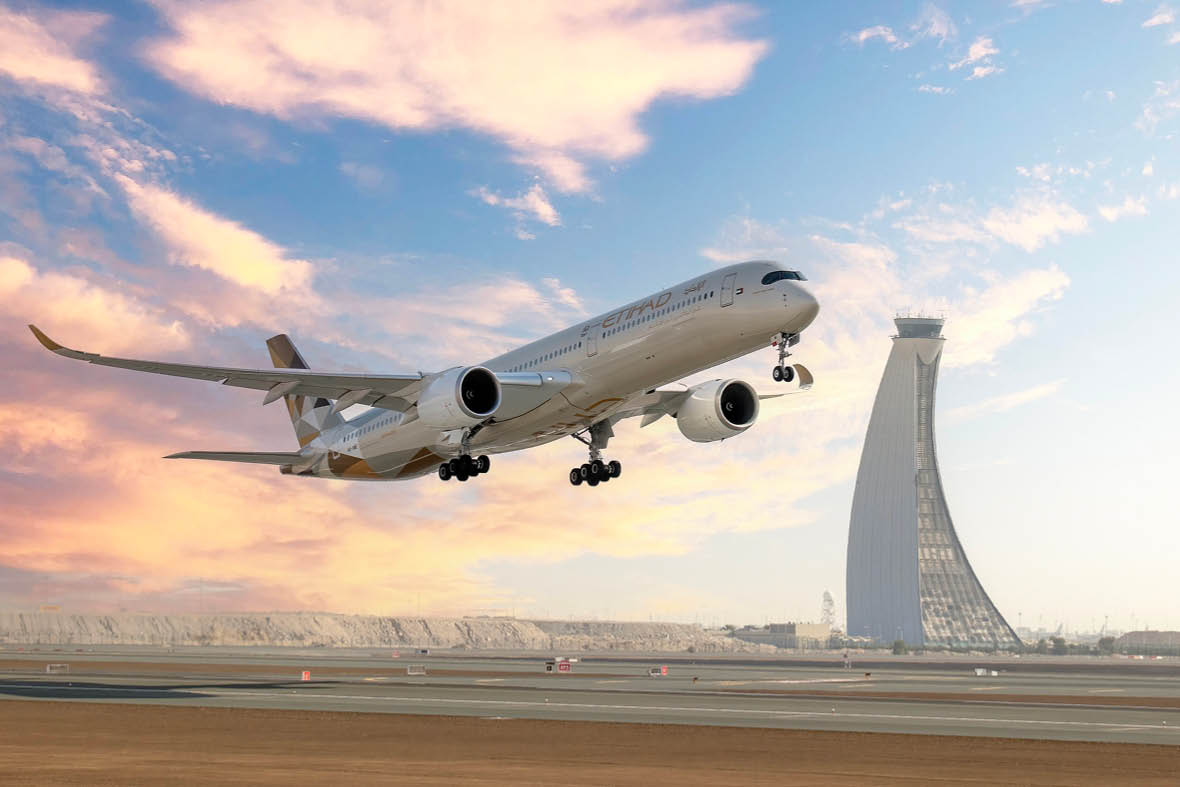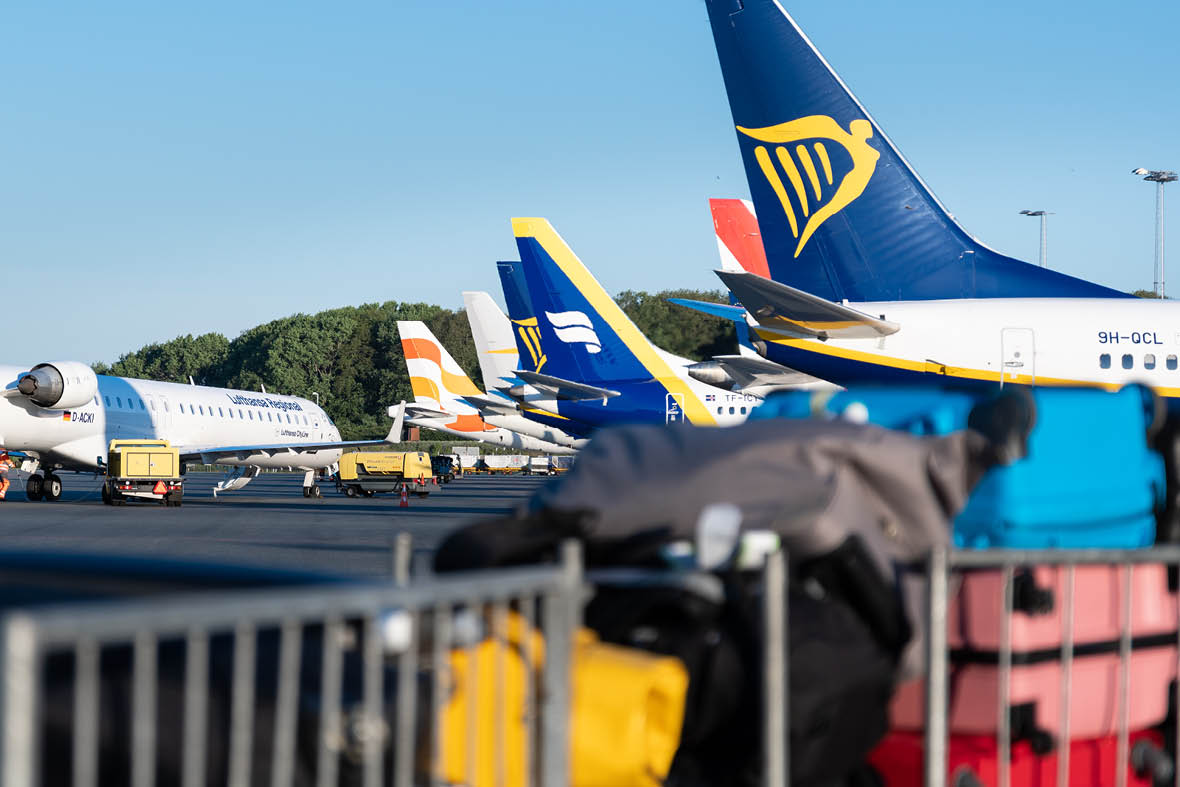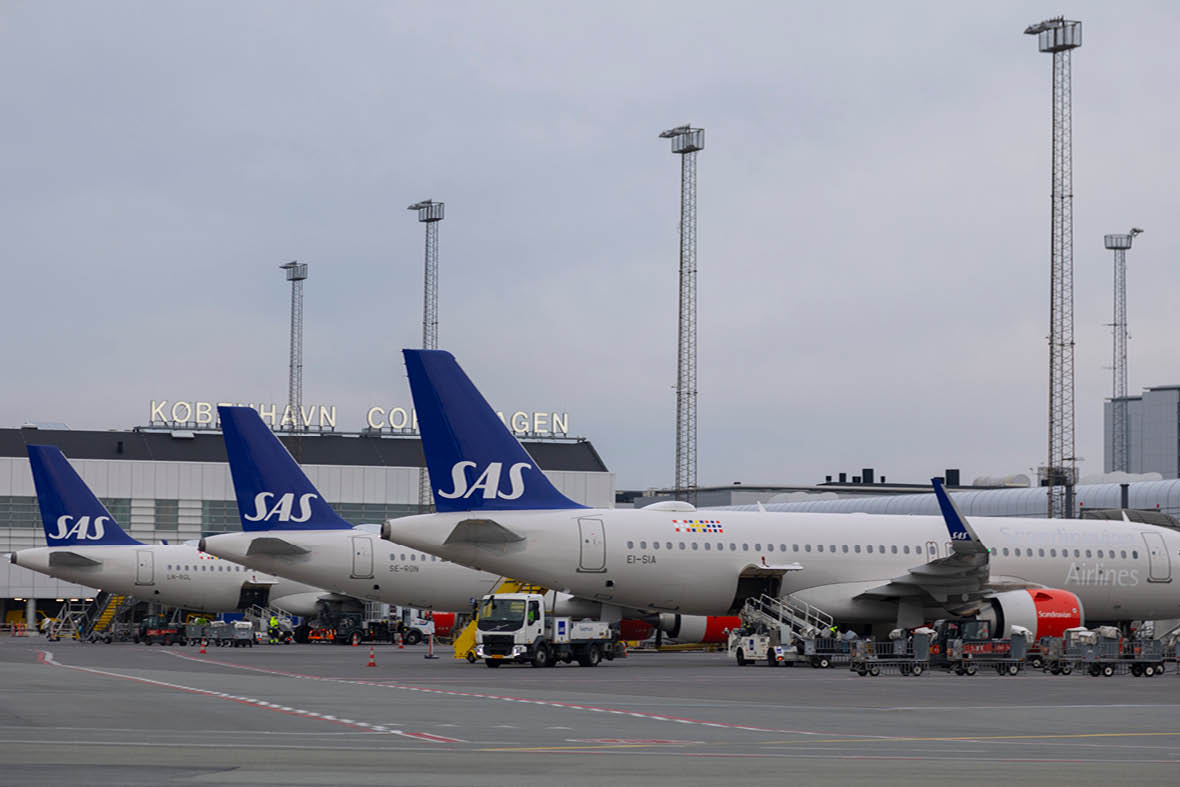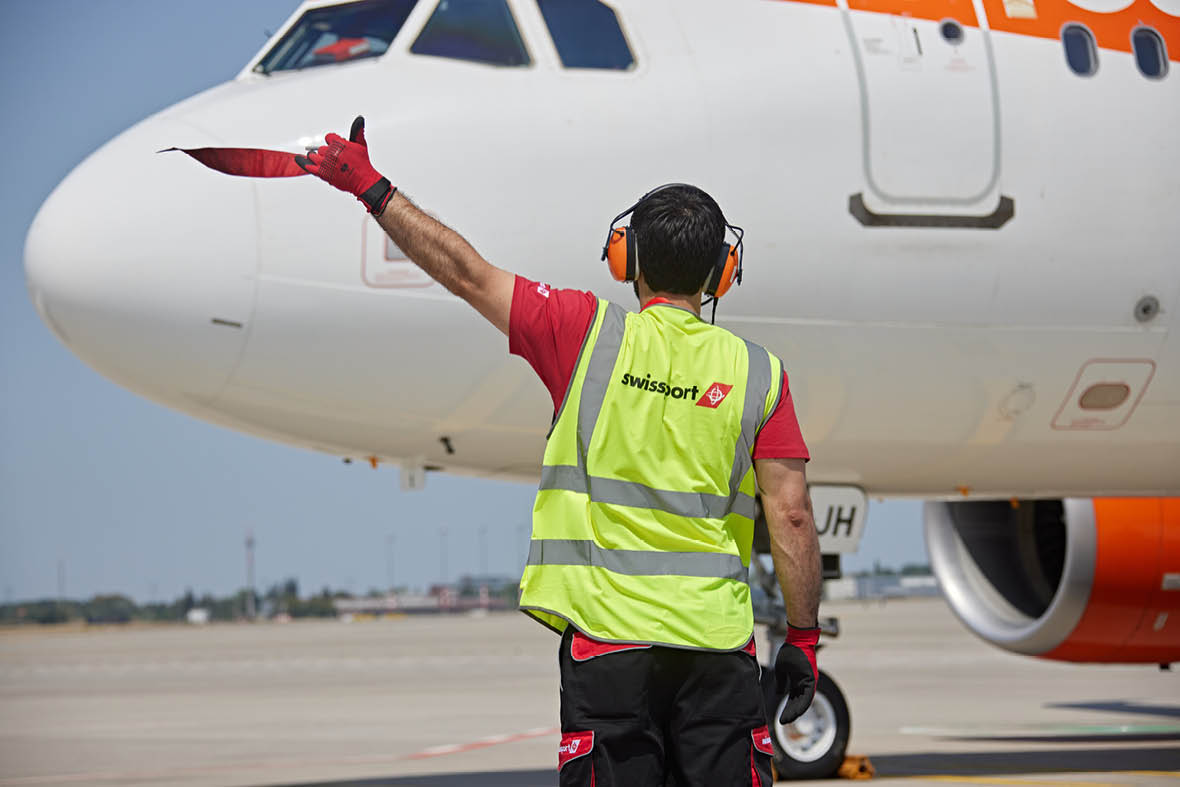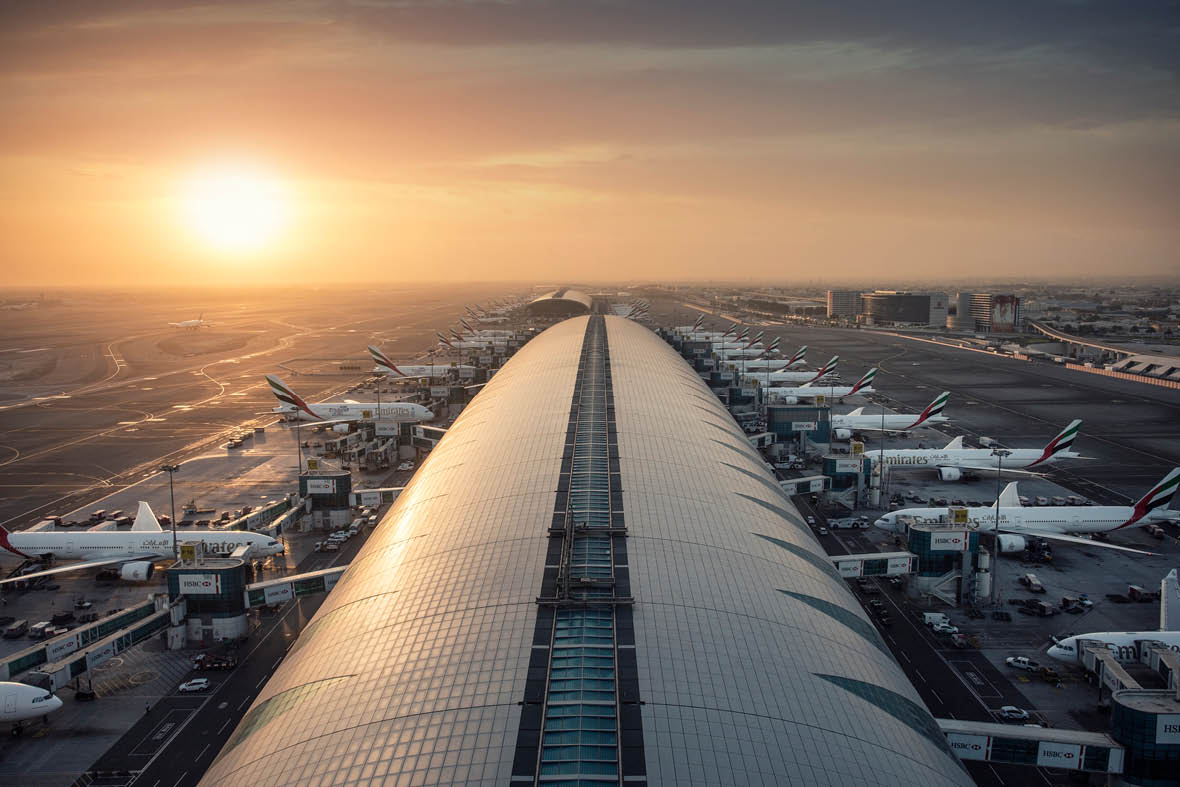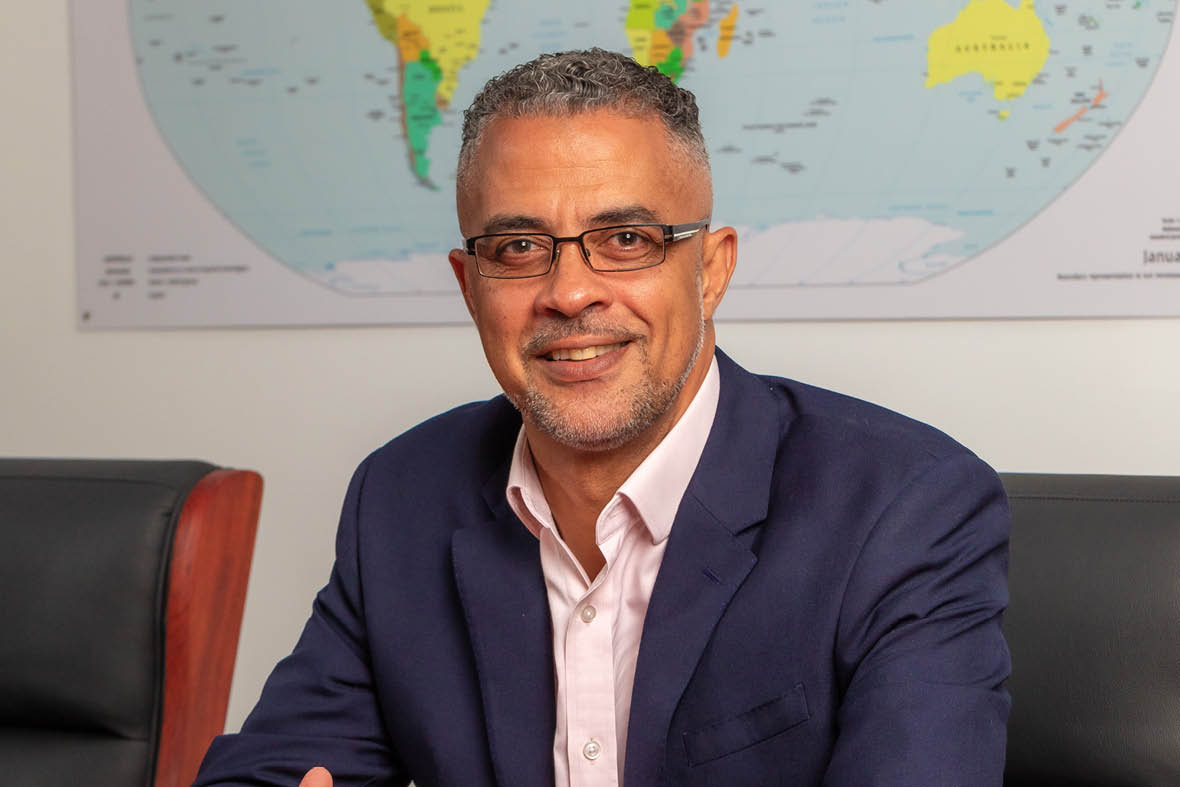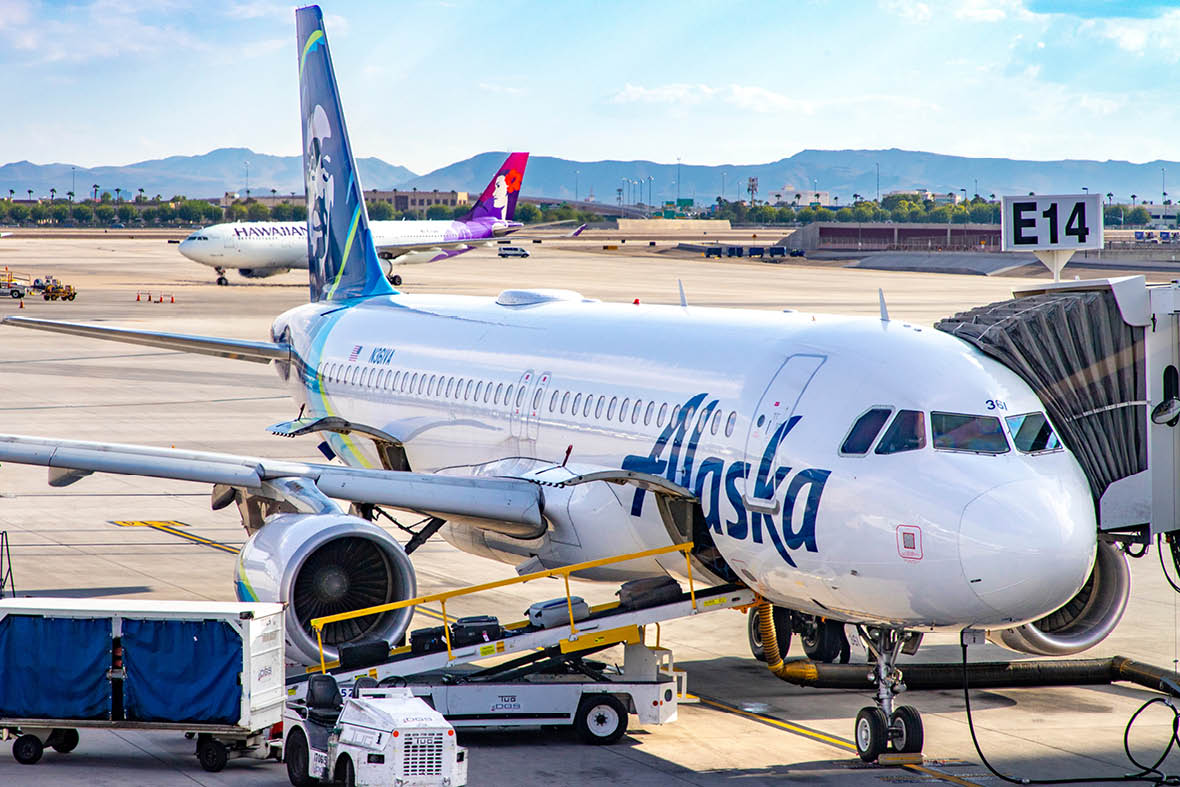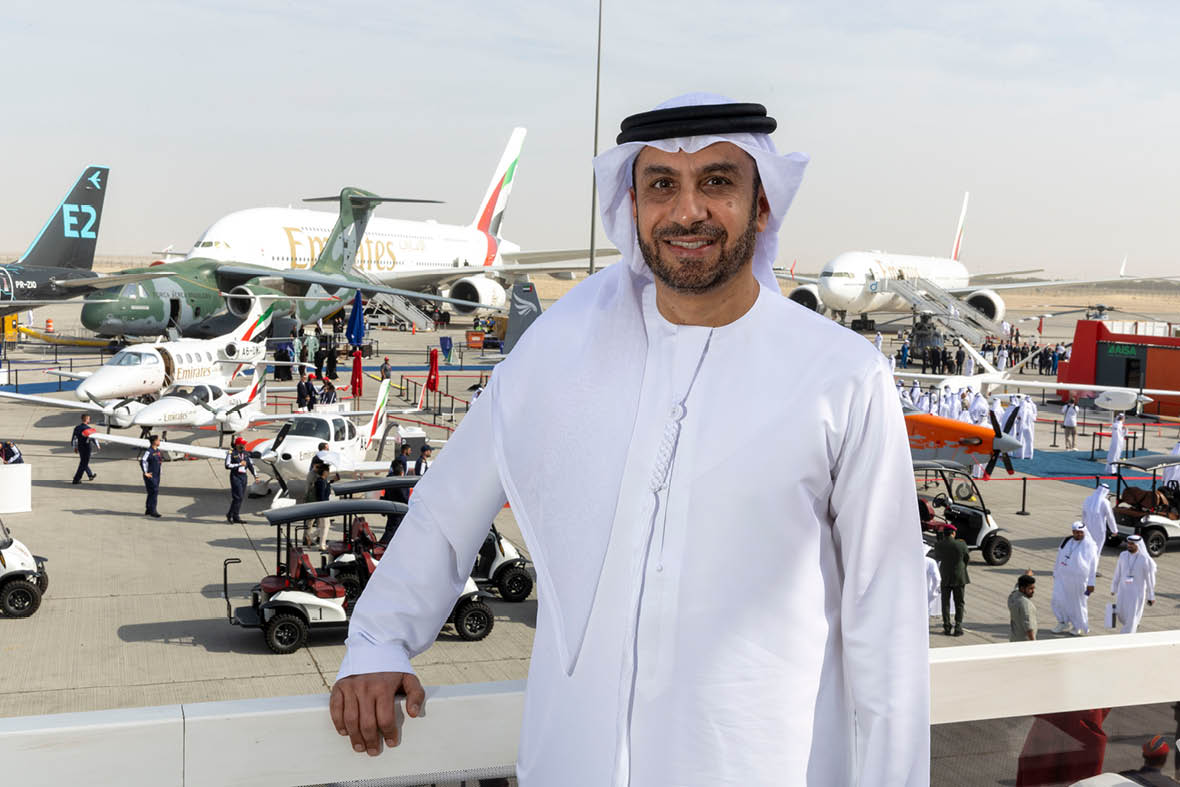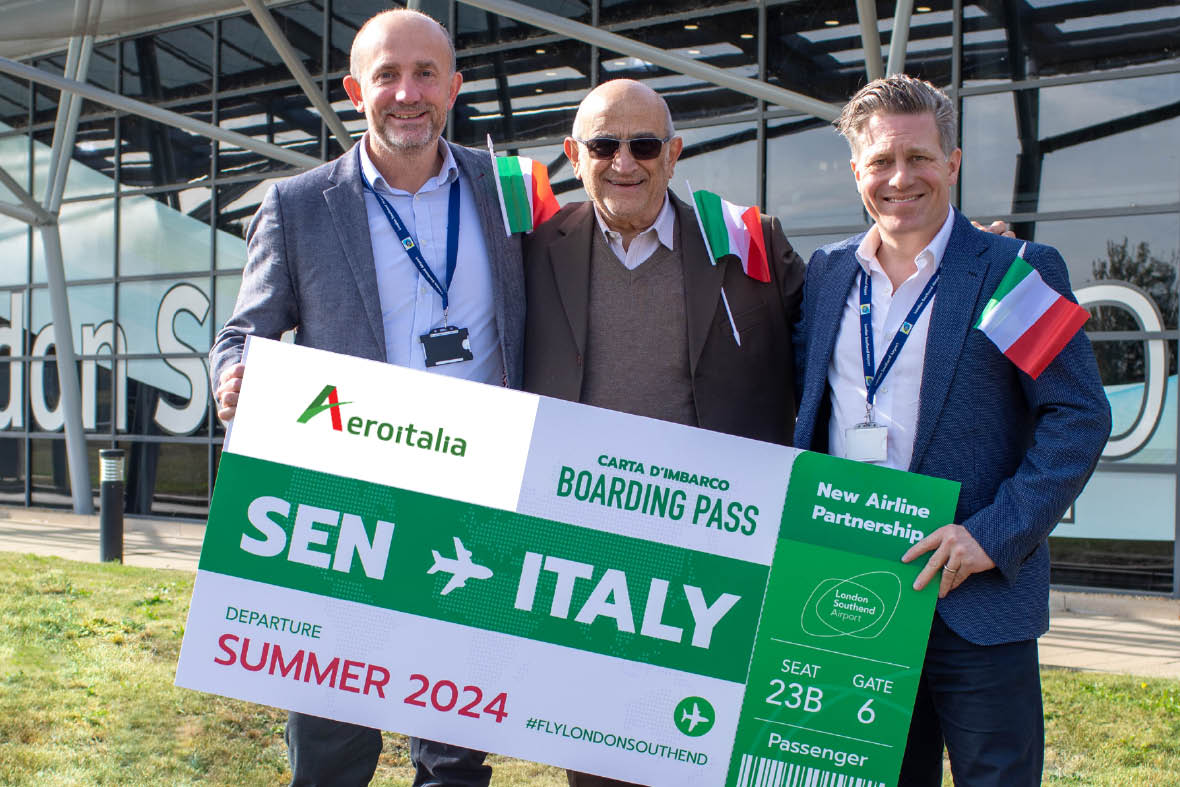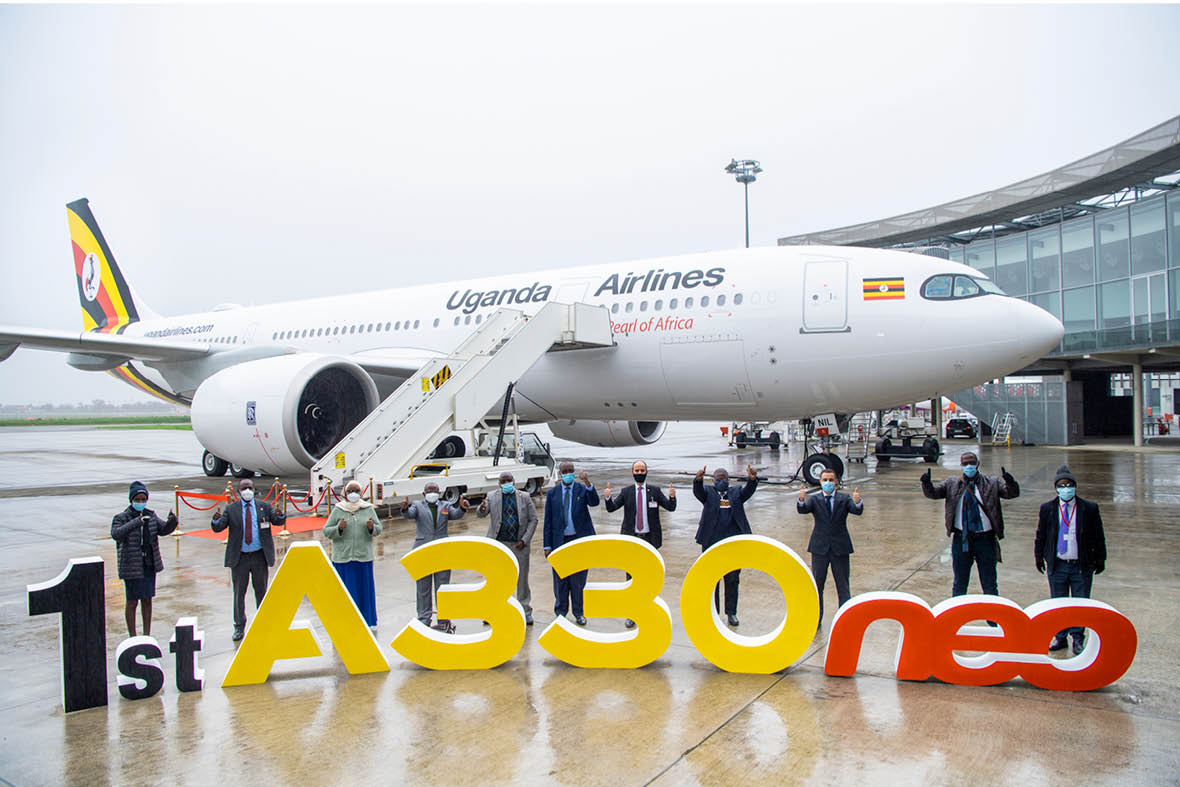Everybody knows there is an acute aircraft shortage, but surely turning back to the Boeing 737-200 to usher in new service smacks of desperation.
It was, therefore, surprising to read in February that Canadian charter carrier Nolinor Aviation is reintroducing a 737-200 following a seven-month-long refurbishment.
But before you start scouring the world for decrepit 737-200s to bolster your fleet, note that Nolinor wants the aircraft for its unique ability to operate on gravel runways in Canada’s remote northern territories.
Nolinor is responding to increasing demand for flights to these regions, especially amid the recent surge in mining activities in Nunavut driven by the global push towards electrification.
Across the globe, carriers are desperately seeking more metal to augment their fleets and regrow networks as traffic returns. A robust aircraft delivery flow helps. Air India, for example, said it is taking delivery of a new aircraft every six days for the coming two years.
Not everyone has this luxury. The result of restrained capacity growth has benefited airline yields and profits over the past 12-18 months, but most want to go faster than they can afford.
For airline planners and airport marketers alike, it is a frustrating time that will continue for several years.
However, the carriers able to add capacity are planning hard to profit from the post-pandemic traffic resurgence. As Emirates Airline Chief Commercial Officer Adnan Kazim explains in this issue (see page 4) the airline is planning for an eventual move to Dubai World Central.
The Asia-Pacific market is returning fast as a fertile ground for low-cost carriers from Australia to Malaysia to spread their wings again. Tony Harrington brings us up to speed with the main players on page 16.
With Routes Europe making a welcome arrival in Aarhus in Denmark later this spring, the plans of Aarhus, Aalborg, Billund and Copenhagen are all examined. Everyone in the Nordics is waiting to see what the emergence of SAS from its bankruptcy process means. One thing we already know is it will leave the Star Alliance and join SkyTeam (see pages 26-37).
Another big airline shift is examined in detail by Shakeel Adam of Aviado Partners. On page 38 he analyses the pros and cons of the Alaska Airlines deal to acquire Hawaiian Airlines – the latest merger in the North American market.
In this truly global issue, African aviation is highlighted in an interview with Jonathan Lewis, the head of leading Zambian ground service player NAC2000 (see page 22), while Jenifer Bamuturaki, the CEO of Uganda Airlines (page 46), outlines her plans for this relaunched East African carrier.


